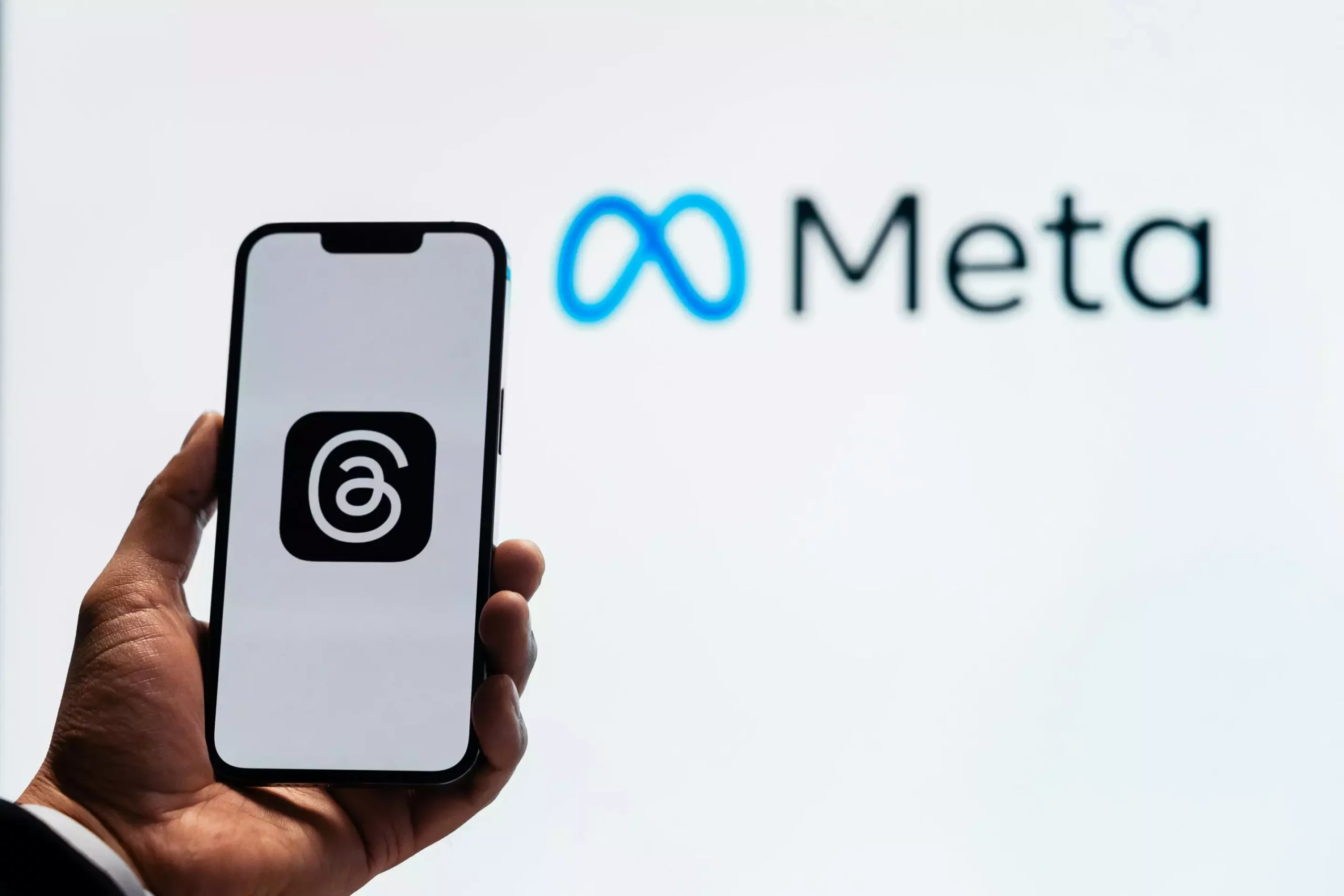The world of artificial intelligence (AI) is currently witnessing a clash between companies that advocate for open-source AI and those that prefer closed-source AI. The debate revolves around the accessibility, transparency, and potential risks associated with each approach. Meta, the parent company of Facebook, recently made a significant move by releasing a new collection of large AI models under the open-source paradigm. This decision has sparked discussions about the future of AI development and usage.
Closed-source AI refers to proprietary models, datasets, and algorithms that are kept confidential by companies. While this approach allows organizations to safeguard their intellectual property and maintain control over their products, it also raises concerns about transparency, accountability, and innovation. Closed-source AI limits public access to the inner workings of AI systems, making it challenging to audit and regulate them effectively. Additionally, users become dependent on a single platform for their AI needs, hindering diversity and competition in the industry.
The Advantages and Challenges of Open-Source AI
In contrast, open-source AI models are characterized by transparency, community collaboration, and accessibility. By making the code and datasets publicly available, developers can enhance the quality and diversity of AI tools. Open-source AI fosters rapid innovation and inclusivity, enabling smaller organizations and individuals to participate in AI development. However, open-source AI also presents new risks, such as low quality control, cyberattacks, and ethical concerns related to data misuse and bias.
Meta stands out as a trailblazer in the realm of open-source AI, particularly with the release of Llama 3.1 405B, the largest open-source AI model to date. This model showcases Meta’s commitment to advancing digital intelligence for the greater benefit of humanity. Although Llama 3.1 405B excels in certain tasks compared to closed-source models, it also raises questions about the absence of a fully open dataset for training purposes. Meta’s initiative levels the playing field for researchers, startups, and small organizations by reducing the resources required to leverage advanced AI technology.
To ensure the democratization of AI technology, three key pillars need to be established: governance, accessibility, and openness. Regulatory frameworks, affordable computing resources, and open datasets are essential components of a fair and responsible AI ecosystem. Achieving these pillars requires collaborative efforts from government, industry, academia, and the public. Advocating for ethical AI policies, promoting transparency, and supporting open-source initiatives are crucial steps in shaping a future where AI benefits everyone.
Future Challenges and Responsibilities
Despite the progress made in open-source AI, several questions and challenges remain unanswered. Balancing intellectual property protection with innovation, addressing ethical concerns, and safeguarding against misuse are pressing issues that require thoughtful consideration. By addressing these challenges effectively, we can create a future where AI serves as an inclusive tool for societal advancement. The responsibility lies with all stakeholders to ensure that AI technology is used responsibly and ethically for the greater good.
The ongoing battle between open-source and closed-source AI reflects the broader debate about the future of technology and its impact on society. As we navigate this complex landscape, it is essential to critically analyze the benefits and drawbacks of each approach and strive for a more inclusive and transparent AI ecosystem. Embracing open-source principles while addressing ethical concerns will be crucial in shaping a future where AI technology benefits everyone.


Leave a Reply